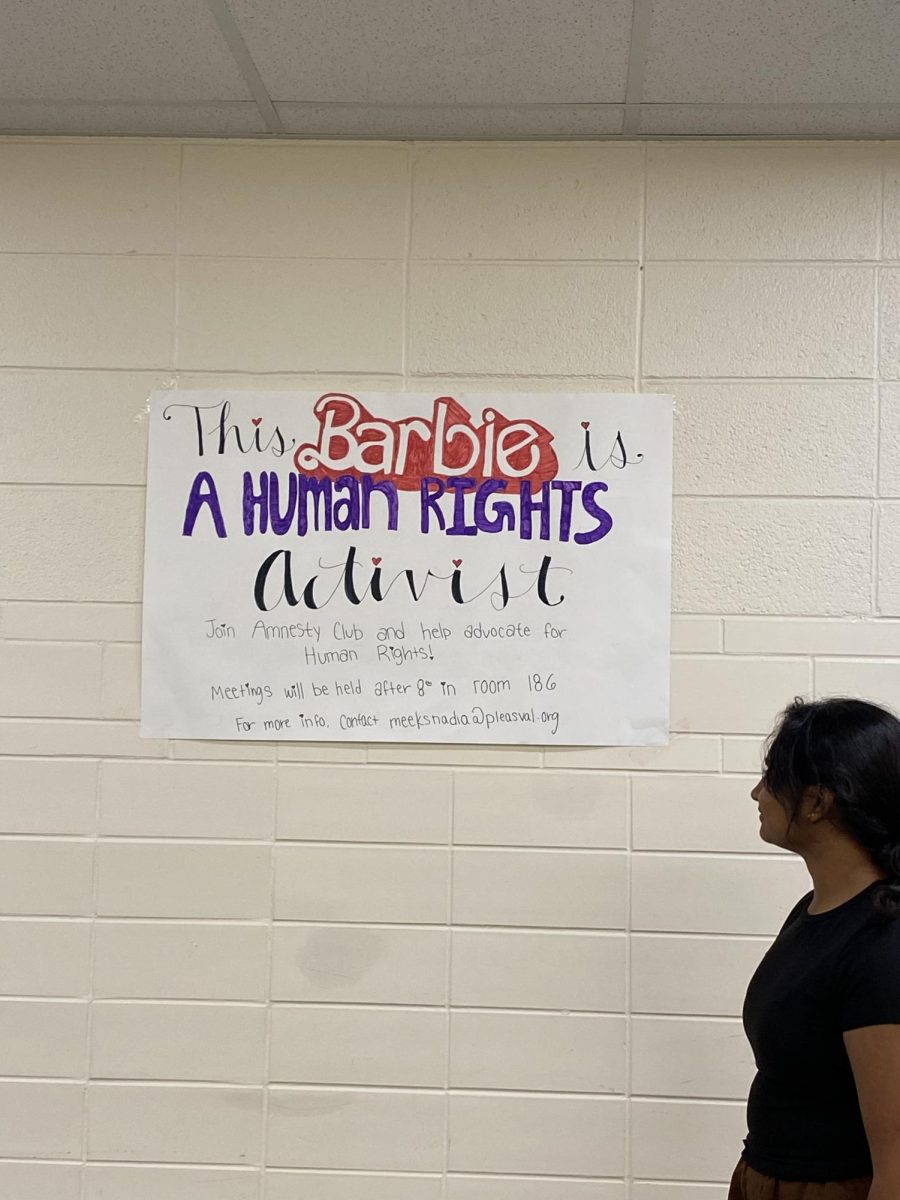Mainstream media may be skewing the goal of the feminist movement.
Social media campaigns have driven this 4th wave of feminism, beginning with the #metoo movement.
The #metoo movement was the first internationally recognized feminist movement operated through social media. The movement produced an outlet for women to share their experiences with sexual violence and harassment in the workplace.
The #metoo movement began in October, 2017. Since then, social media has gained 2.2 billion users, an increase of 79.1%. This increase in social media engagement has increased polarization of opinions.
Generation Z has taken a different approach to human rights in comparison to prior generations because of social media. Social media platforms serve as a resource for younger generations to advocate without leaving their homes.
This generation grew up with social media and now are subject to the ever changing trends on Tik Tok and only follow content that is considered trendy. Many saw the aestheticism of global causes with the VSCO trend in 2019, making environmentalist causes appear aesthetic and oftentimes making a mockery of the movement.
Feminism was established to fight for one of the main issues plaguing a woman’s voice in her society–a lack of women’s suffrage. Instead of focusing on the main issues women face, the trending western feminism avoids key issues.
Women continue to lack representation in leadership positions and suffer from domestic and sexual violence as well as unequal pay. This is all while TikTok is consumed by extreme statements dithering from the purpose of the movement and steering away many from associating with the movement.
The tweet “kill all men,” had the original purpose of allowing women to share traumatic experiences caused by men. However, the phrase itself disassociated some women and men from the movement. Many men were angered by this statement. Oftentimes, they used this statement by feminists as an excuse to make fun of the movement and support anti-feminist causes.
The rise of a hyper-masculine, anti-feminist social media movement was result of podcasters, one of those being Andrew Tate.
The podcast, “Tate Speech,” became the gold standard of masculinity for many young men. Andrew Tate, the host of the podcast, created a platform where he spread anti-female messages.
Wendy Walljasper, a teacher at a variety of high schools through nonprofit Bethany for Children and Families, noticed the grasp Andrew Tate’s messages had over the thoughts and words of her male students. “One thing I’ve noticed, especially among junior high boys that I’ve worked with, is that there’s opposition to feminism, but not really a good understanding of what it is…They’re following some of the content creators who are fairly misogynist, and then getting negative ideas about feminism,” she said.
Junior Tanvi Devulapally explained that misogynistic podcasts are not only relevant in America, but globally. “All these male podcasters are influencing people around the world. Many might assume it is just in America, but no, this is the same problem in India. It’s on a lot of Indian social media, and I often hear them talking about Andrew Tate and how feminism is bad for the future,” she said.
Young minds are still developing and the need for accurate information is crucial in creating an ethical and fair society.
This does not mean there has not been any progression or empowerment on social media platforms like Tik Tok. Although seemingly meaningless, Walljasper found the “girl dinner” Tik Tok trend to be empowering for women, and a display of the steps forward society has made in recent years.
“It seems kind of silly, but women for so long have been expected to make these nice meals for other people, that showing women just making kind of random plates of food just to feed themselves is kind of a revolutionary act, that we are not just living up to this patriarchal idea, but just eating what we feel like eating,” she said.
Media is not only filled with trends, but advertisements. Unfortunately, brands can exploit human rights causes to support their brand.
Through social media platforms and advertisements brands use human rights causes like feminism to capitalize. Companies, like Ford, shared advertisements celebrating women while knowing their support for feminist causes could increase their female customer base. Ford illuminated the lack of parts in a car had women’s inventions been stripped from the vehicle. Many applauded Ford for supporting women’s rights with their International Women’s Day advertisement, however, with these posts marketers are still aware these ads will boost their brand.
Walljasper saw these same marketing tactics within the beauty space: “I think especially like beauty brands will use self care or feminism as a marketing tool. I’ve definitely seen that as a, ‘we’re empowering women to take care of themselves’ kind of a pitch,” Walljasper said.
Disputes on women’s rights will continue as long as feminism is a ‘trending’ topic. English teacher Jenni Levora explained how backlash is inevitable when people push for socio-political change. “I think there’s just that backlash that happens when society moves forward, like a social pendulum.”
Social media may serve as a beneficial tool to advocate and bring awareness, but oftentimes, social media trends make a mockery of the feminist movement through extreme statements and little address to the greatest inequalities women face.









